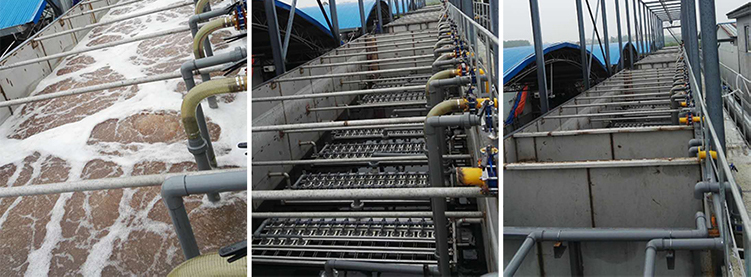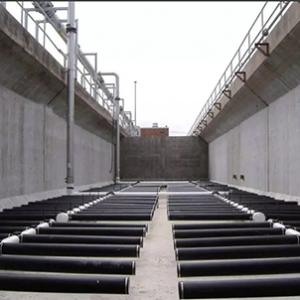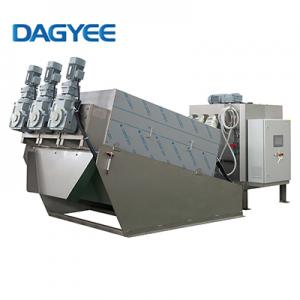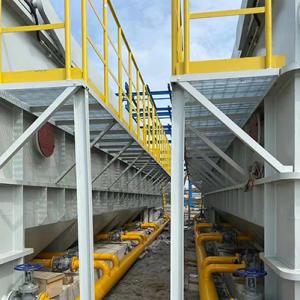MBR Membrane BioReactor Key Issue
MBR Membrane BioReactor Key Issue
1. The MBR system is a technologically advanced sewage treatment equipment, but it also has stricter requirements on the quality of influent water. When the wastewater contains a large amount of heavy metals, difficult-to-biodegradable organics, pesticides, oils, acids and alkalis and other pollutants, it must be pre-treated before it can enter the MBR system for treatment.
2. For the discharge points with discontinuous, concentrated discharge and large changes in water quality, an adjustment pond must be built to adjust the water volume and water quality before entering the MBR system for treatment.
3. The MBR system requires continuous operation. Once the aeration is stopped for more than 12 hours, it will cause a large number of deaths of vitamins and affect the quality of the effluent.
4. The membrane module needs to be cleaned periodically to maintain the long-term stable operation of the MBR system. If it is not cleaned for more than 3-6 months, it may cause permanent blockage of the membrane module and fail to restore its function.
5. If the user is going to stop operation for more than 1 week, the sewage in the equipment should be emptied, and clean water should be injected to immerse the membrane module. The membrane module must be completely immersed in clean water and stored in a freezing point environment. Antifreeze should be considered in winter, otherwise the equipment will be easily caused And the membrane module is damaged.
6. The user should establish a system for regular inspection and maintenance of equipment. The contents of regular inspection include:
- Grid: regularly clean the grid slag to prevent the grid from being blocked and affecting the water intake;
- Water outlet vacuum pressure gauge: Check and record the vacuum pressure gauge regularly. The vacuum pressure range for normal and stable operation is 0.01-0.04MPa:
- Water quality and quantity of effluent: regularly measure the quality and quantity of water in and out and keep records;
- Activated sludge status: check the color of activated sludge regularly, and measure the concentration of activated sludge conditionally;
- The operation of other parts of the equipment.




